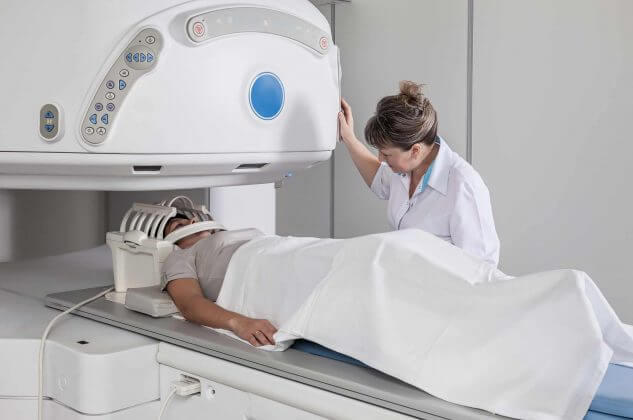
1 August 2022
According to statistics from Cancer Research UK, 34 new cases of head and neck cancer are diagnosed in the UK every day.

Head and neck cancer can affect various body parts in the head and neck region but the most common location is the tongue. Other areas it can affect are:
- Mouth, gums and lips;
- The voice box;
- Throat;
- Tonsils – the former guitarist from Oasis, Paul Arthurs, has recently been diagnosed with tonsil cancer;
- Salivary gland;
- Nose and sinuses;
- Nasopharynx, which is the area at the back of the nose and mouth;

The prognosis for such cancers depends on the type of cancer, the staging of the cancer and whether the cancer has metastasised, which means that it has spread to other parts of the body. Timely diagnosis is crucial; when a doctor or dentist sees a patient with symptoms which may be due to a head or neck cancer, they should refer the patient to the hospital. This is often done under the 2 week wait system, meaning that the specialist should see the patient within 2 weeks. They will then do investigations, which can include ultrasound scanning of the neck or using a camera (known as an endoscope) to look at the back of your mouth, nose, throat and voicebox. A biopsy is often taken from the area that looks abnormal, so that it can be looked at under a microscope for cancer cells.

If you or a loved one have suffered a head and neck cancer and feel that there was delay in diagnosis and treatment of the same, please contact our experienced Clinical Negligence team to discuss how they can assist you.


